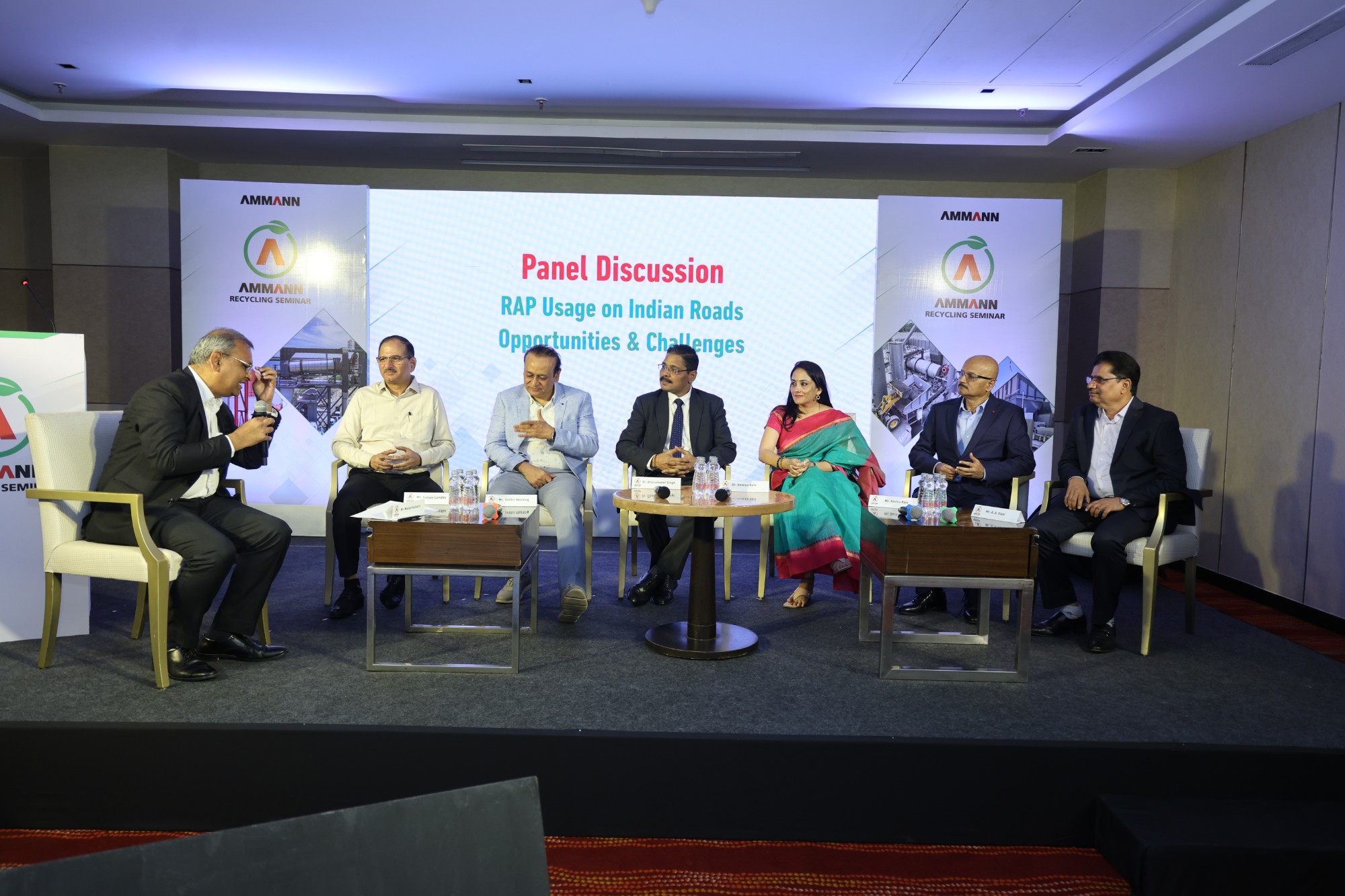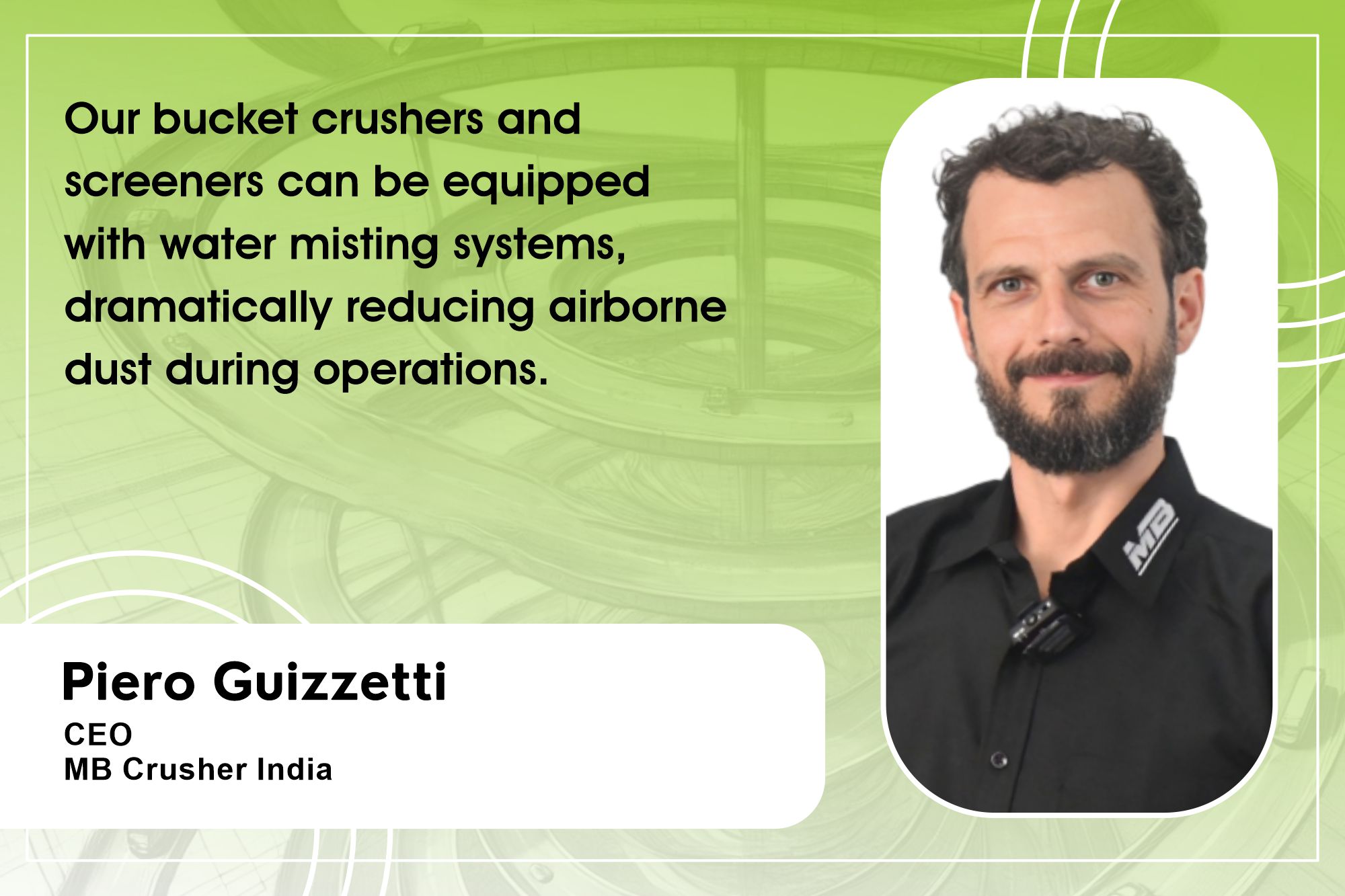The future of Indian mines unlocking its potential for growth and sustainability
By Edit Team | April 7, 2023 7:02 pm SHARE

India’s mining potential is revisited by experts who emphasise sustainable practices to harness the sector’s potential fully. The analysis includes an examination of underground and surface dynamics, resolving safety issues, and addressing procurement challenges.
The country has 1,245 reporting mines, including 525 for metallic minerals and 720 for non-metallic minerals. The production and conversion cost of steel and alumina in India is relatively low, giving India a fair advantage. This analysis delves into India’s potential for underground and surface mining, highlighting the challenges faced in procurement and the importance of safety in mining activities. Due to specific site conditions, India’s mining sites require specialised machinery and equipment. The Ministry of Mines and Minerals recently simplified mining exploration norms with a notification.
India’s metals and mining sector is being driven by infrastructure development and automotive production, and mining leases have been granted for up to 50 years to exploit India’s abundant mineral potential.
Mining Potential in India
The mineral development and mining sector play a vital role in India’s GDP growth and are closely linked to the manufacturing sector, catalysing the growth of basic industries such as power, steel, and cement.
According to Shantanu Roy, Director – of Mining & Construction Business, BEML LIMITED, “To augment resources, exploration should be prioritised, and sustainable mining practices should be adopted, including zerowaste mining and beneficiation technologies. An investor-friendly regulatory regime is needed to promote exploration and critical infrastructure investment and
provide tenure security.”
Tarique Salman, Segment Manager-Surface Machines at Vermeer India says,” Despite having top reserves globally, India’s mining industry has been stagnant due to challenges in data generation, land acquisition, and lengthy procedures. Advanced technology is also needed to mine difficult-to-access resources.” Properly utilised, India’s mineral wealth can boost GDP and employment, requiring industry government collaboration to unlock its full potential.
V.G. Sakthikumar, Managing Director of Schwing Stetter India, notes that analysing India’s mining potential requires assessing factors such as policies, resources, demand, and technology. India’s mining industryhas room for growth by adopting modern and sustainable practices.
Dynamics for underground mining and surface mining in India
To meet the needs of a low-carbon economy, mining companies must integrate renewable energy, recycling, and electric or hydrogen-powered trucks into their operations to sell low-carbon premium minerals, suggests Roy. He further emphasises the importance of assessing resources in frontier areas as existing mineral resources in low-risk areas are being depleted. Mining companies must either adopt new technologies for extraction and processing or explore new frontier areas where extraction was not previously economically viable.
According to Salman, the mining industry is facing a constant struggle to meet the sustainability requirements set by policymakers. This has increased demand for industrial automation and control systems, advanced mine-surveying technologies, underground and surface drilling technologies, and machine guidance and control systems compatible with enterprise resource planning software solutions.
Sakthikumar concurs with the prior discussion, noting that contemporary technologies such as the Internet of Things (IoT), GPS sensing, and 3D imaging significantly impact Indias’ underground and surface mining dynamics.
Safety concerns in mining and quarrying activities
Roy emphasises that safety in mining and quarrying is critical for human safety and avoiding fatal accidents. Recently, safety measures and operator comfort have become significant topics of discussion. “The focus is on creating accident-free environments while increasing productivity. He adds that these measures include safe access to the operator station, alternate exit paths, and cabins equipped with ROPS and FOPS”. Sakthikumar, on the other hand, highlights safety concerns in Indian mining and quarrying, including accidents due to inadequate measures, training, and conditions.
According to Ranvir Singh Katoch, Manager (Projects) & Contracts Management (Tunnelling) at PEMS Engineering Consultants (P) Ltd., there is a specific mechanism in place at the site to ensure the proper implementation of safety norms. This mechanism must be upgraded and publicised to ensure all workers are well-versed in these norms. Providing proper training to machine operators and offering regular counselling will undoubtedly aid in cost reduction and ensure smooth work execution.
Procurement Challenges
Even though the mining industry is bouncing back from a downturn, procurement and supply are still crucial components for mining businesses to succeed and stay profitable. Roy mentioned of the impacts of Ukraine war on the industry by causing inflation, raw material shortages, increased demand for natural resources, and rising input costs like energy and raw material supplies.
On the other hand, Salman brings up an interesting point about technological advancements in mining procedures and equipment. While mining companies desire these advancements, they still have apprehensions about adopting them in brownfield mines because they have already invested a lot of capital in plants and machinery and have yet to recover their costs.
IoT and 3D Imaging are redefining the mining industry
With the help of IoT, machines can now be monitored and maintained automatically, making the entire process more traceable and visible.
Experts in the mining industry are excited about these advancements. Equipment manufacturers and project managers are adopting these technologies to improve project efficiency and quality. Salman, an equipment manufacturer and project expert, is a big fan of these advanced technologies. He says that GPS systems can now produce accurate three-dimensional visualisations of the location of the drill, which helps operators accurately navigate the entire process, even from a remote location. These kinds of innovations are changing the game!
But implementing these technologies in underground mining equipment and mines remains a challenge. GPS signals have difficulty penetrating the ground to reach mining locations, making it tough to leverage IoT and GPS sensing technology fully. Nonetheless, it’s essential to overcome these challenges to achieve growth in mechanisation and make underground mining equipment smarter and more efficient.
Cookie Consent
We use cookies to personalize your experience. By continuing to visit this website you agree to our Terms & Conditions, Privacy Policy and Cookie Policy.




































-20240213125207.png)

























